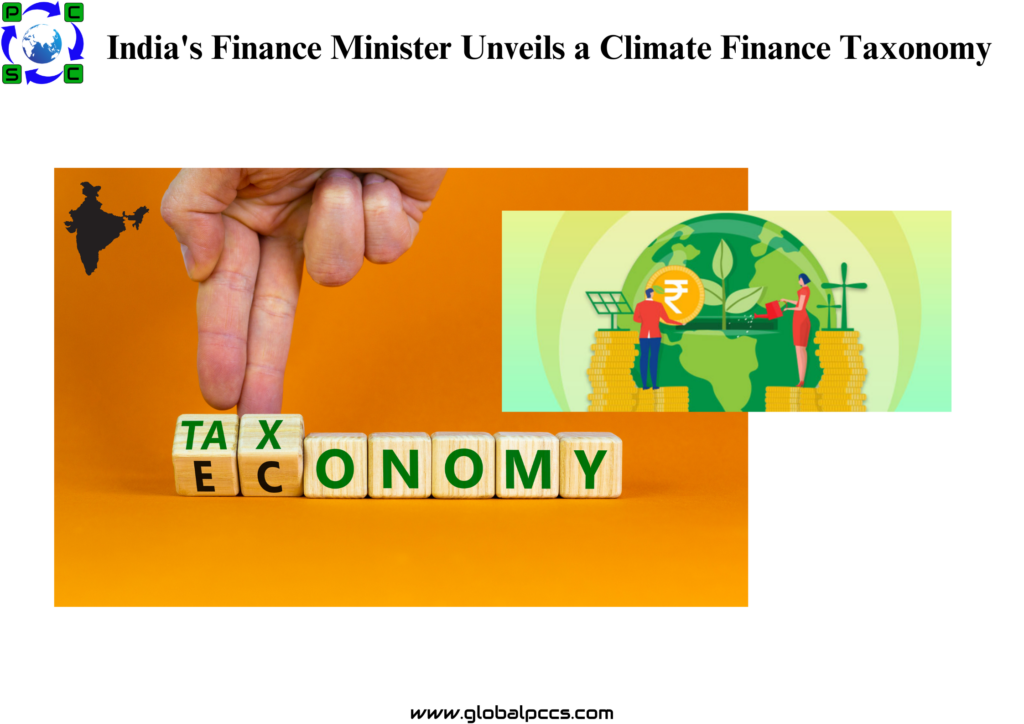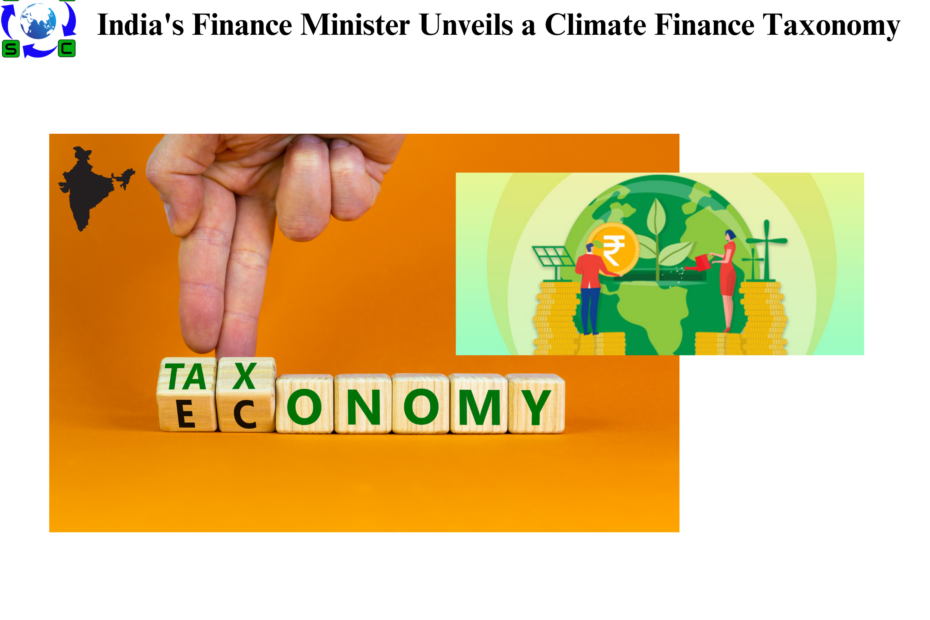 Highlights
Highlights
- To encourage funding availability for climate initiatives, India’s financing Minister suggests creating a taxonomy of climate financing.
- This taxonomy aids in the fight against climate change and directs funding for sustainable initiatives.
- Similar policies have been implemented by other nations to increase climate financing and decrease greenwashing.
With the aid of this effort, India will be able to accomplish its climate targets and make the transition to a greener economy while also supporting initiatives that support climate adaptation and mitigation.
What Is a Climate Finance Taxonomy?
A taxonomy of climate finance is a framework used to classify different types of economic activity according to how sustainable they are. It gives financial institutions and investors precise standards about what investments qualify as environmentally sustainable. Funding initiatives that tackle climate change must be directed via this mechanism.
A study from the Canadian government claims that taxonomies are used to enhance climate risk management, net-zero planning, and climate-related disclosures in addition to being used to categorize financial products like green bonds.
What Makes This Taxonomy Significant?
Moving toward a net-zero economy, where greenhouse gas emissions are offset by removal from the environment, is essential as global temperatures increase and climate consequences get severe. Taxonomies can promote investment in climate solutions while lowering the possibility of false claims about environmental benefits. They also assist in determining if economic activities are in line with transition routes that are supported by science.
A taxonomy on climate financing might help India draw in more outside money. According to the Climate Policy Initiative’s 2022 study on green finance in India, green finance now makes up just around 3% of FDI inflows. This deficiency might be addressed with the use of a precise taxonomy that specifies what constitutes a sustainable investment.
Investment Potential in India
The International Finance Corporation (IFC) estimates that from 2018 to 2030, India would provide $3.1 trillion in climate-smart investment opportunities. With a $667 billion market potential, the electric vehicle industry has the most investment potential. India plans to electrify all new cars by 2030. Furthermore, there are several chances in the renewable energy industry, which has a $403.7 billion investment potential.
India’s Climate Goals
By 2070, India wants to have a net-zero economy. Additionally, it wants to cut the carbon intensity of its GDP by 45% by 2030 as compared to levels in 2005. India intends to obtain half of its power from non-fossil fuel sources by 2030.








 Authorised IMDS & CDX Training & Consulting partner for
Authorised IMDS & CDX Training & Consulting partner for






